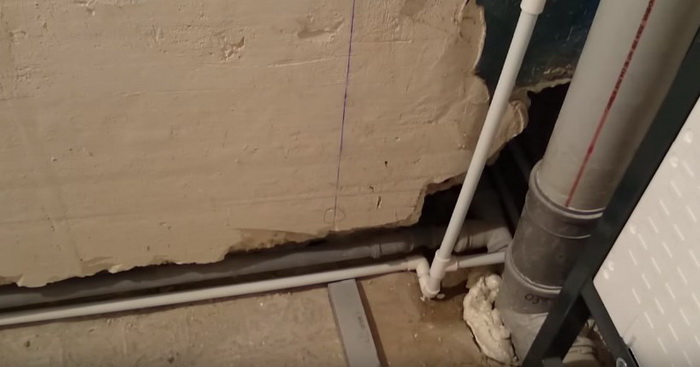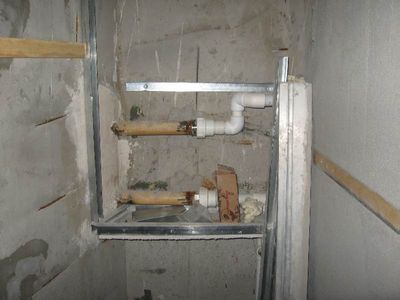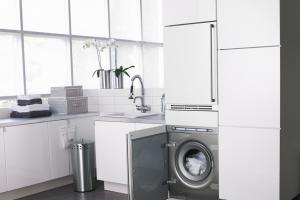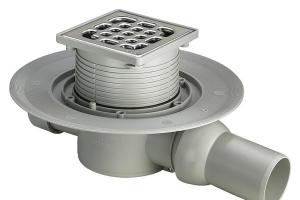How to close the pipes in the toilet?
When thinking about a major renovation project in a toilet, you have to solve many different problems - from global to very minor. One of the most significant problems is the masking of plumbing communications. The builder will have to find a middle ground between attractive appearance and ease of construction.
On the one hand, the owners want the pipes to be completely hidden from view (unless, of course, we are talking about loft-style repairs), and on the other hand, it is very important to provide trouble-free access to plumbing units, because the need for urgent repairs sometimes arises unexpectedly .
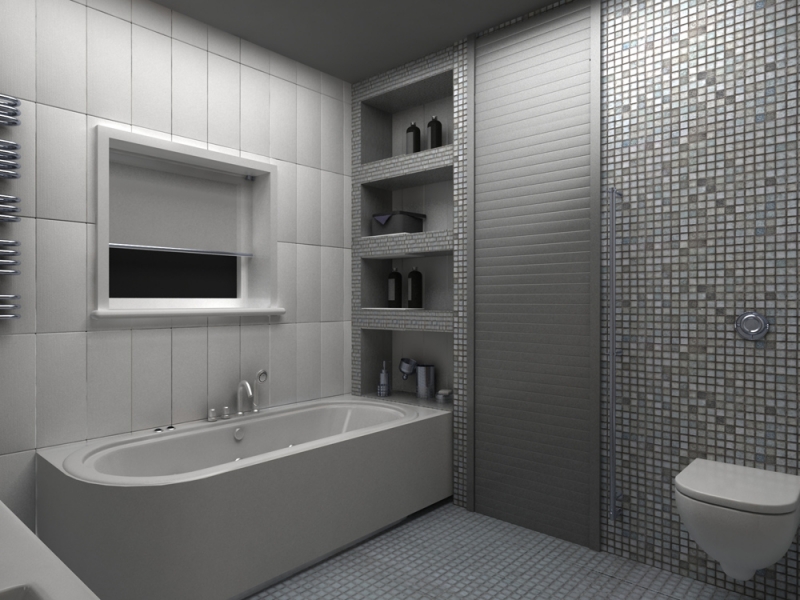
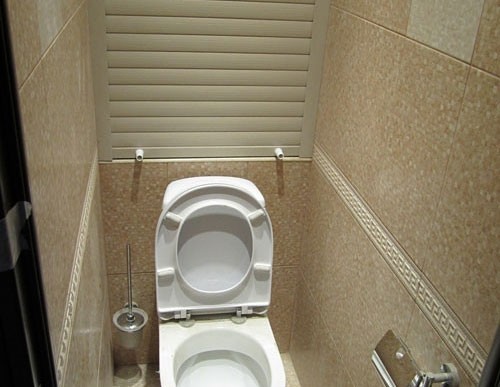
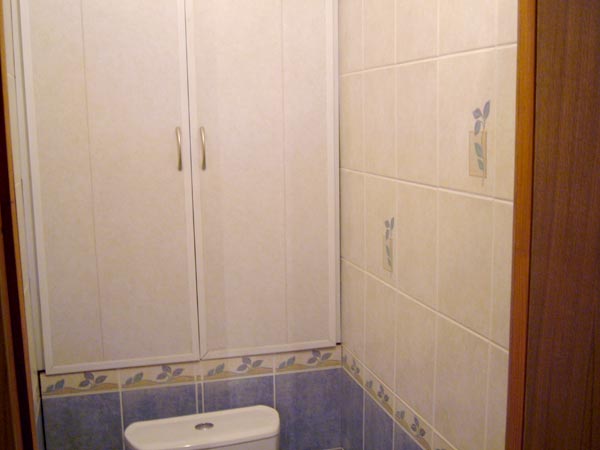
In search of the best solution to the problem, repairmen and manufacturers of finishing materials have come up with several ways to mask water and sewer pipes. In this article we will talk about the most popular options, from which you can choose the one that seems to you the most successful.
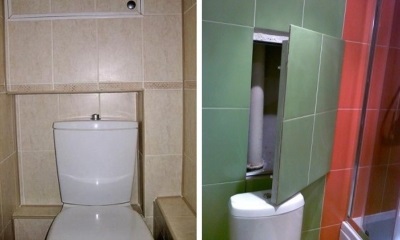
Decoration materials
You can close plumbing connections in the toilet using various building and finishing materials, as well as special equipment. Read more about each option below.
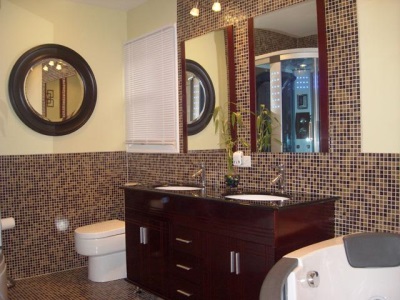
Drywall
Drywall is considered one of the most affordable and convenient materials that are used in construction and repair. It is used for a variety of needs, including sewing up pipes in the bathroom. The advantages of drywall are:
- health safety;
- convenience in work and operation;
- the possibility of quick dismantling;
- relatively low price;
- the possibility of installing doors and other structural elements;
- availability of various finishes.
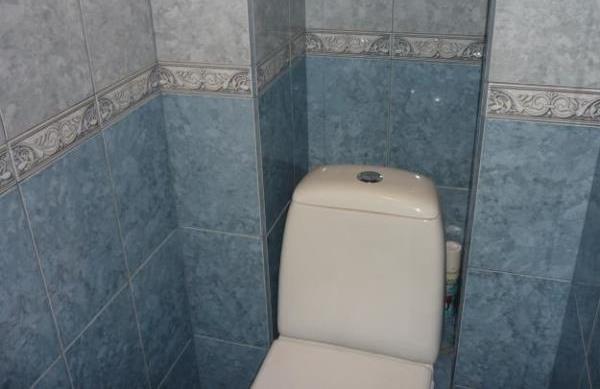
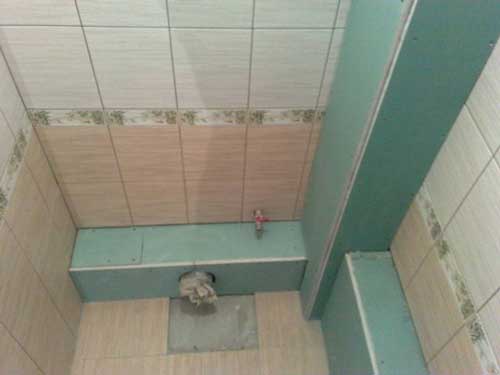
PVC panels
PVC panels
Plastic panels (it would be more correct to say from polyvinyl chloride) solve two problems at the same time: they block pipes and make the resulting structure more aesthetic. On sale you can easily find PVC panels that look no less aesthetically pleasing than ceramic tiles. Other advantages of plastic panels include:
- quick and easy installation;
- low cost;
- the ability to make a design that, if necessary, can be disassembled;
- a large selection of colors and textures;
- no need for decorative trim;
- resistance to moisture and temperature changes.
box
Drywall and PVC panels are used to mask pipes in the toilet in the same way - they make a box into which communications are hidden. Drywall sheets or plastic panels are mounted on the frame. The frame for these materials needs a different one, but the principles for installing the box are very similar. It should be possible to access the most important structural elements - for repair and maintenance work.
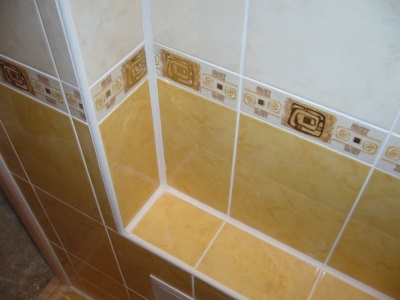
It should be borne in mind that the drywall box will need finishing - as a rule, the drywall construction is lined with ceramic tiles, but you can get by with simple painting.
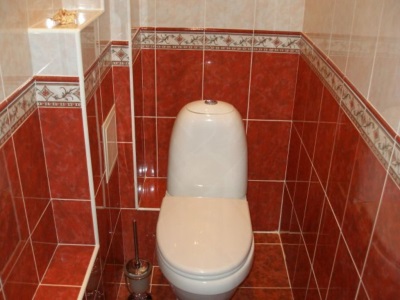
Plumbing cabinet
Another type of structure that allows you to seal pipes in the toilet is a plumbing cabinet. It differs from the box by the obligatory presence of large doors and built-in shelves that can be used to store household items. You can make a sanitary cabinet yourself from ordinary furniture facades, purchase a ready-made one, or order an individual project from a company that manufactures furniture for bathrooms.
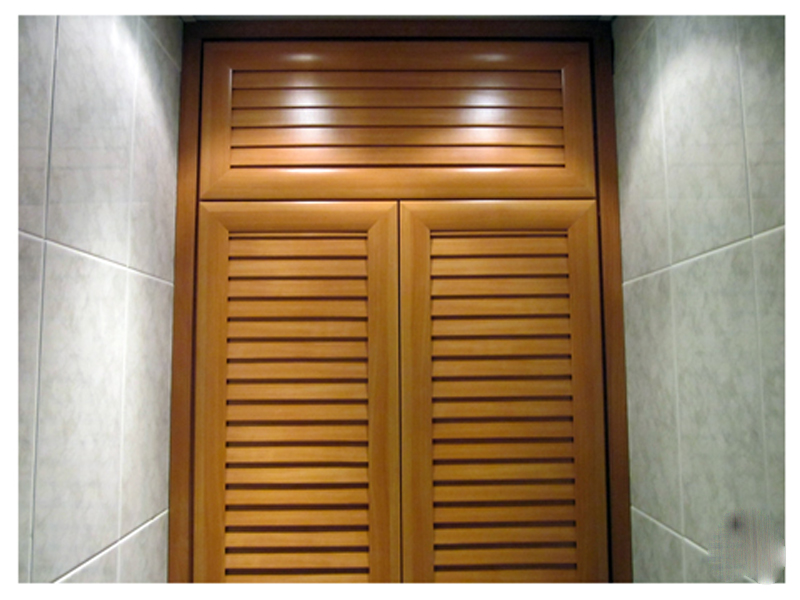
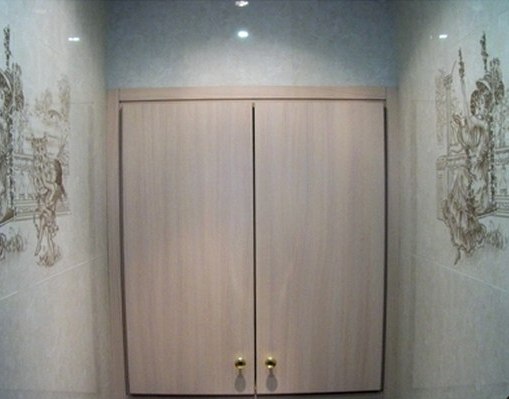
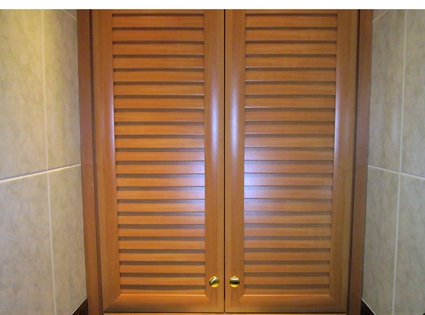
roller shutters
Plumbing shutters have become widespread relatively recently. They are a mobile structure consisting of a base frame and dozens of narrow panels, which, if necessary, are assembled into a roll, providing access to the pipes. Roller shutters for the toilet are made of materials that are not afraid of moisture. You can control this device using buttons or remotely using the remote control.
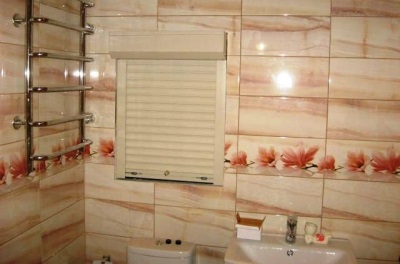
On sale you can find sanitary roller shutters of different colors, including those decorated with drawings and ornaments.
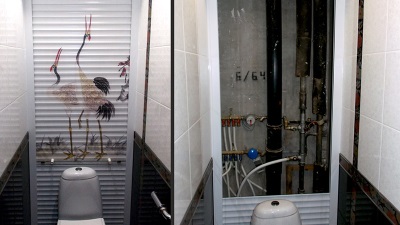
Blinds
An option for masking pipes in a bathroom, very similar to the previous one, is plumbing blinds. Roller shutters, in essence, are a later, modified type of blinds. The latter are much simpler - the design does not provide for a frame, and only mechanical control is possible. Blinds are made mainly of plastic, so they are moisture resistant, but not very durable.
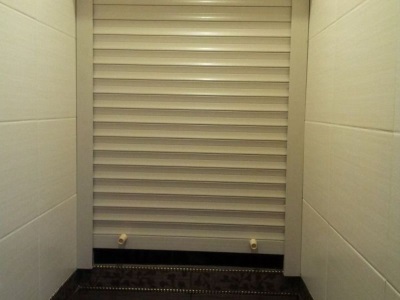
improvised materials
You can also decorate unsightly plumbing and sewer pipes with the help of improvised means. What materials to use - depends only on your imagination. Here are some of the most interesting and easily implemented ideas:
- paint the pipes in a bright color or draw patterns on them;
- disguise pipes as trees, turning the toilet into a forest or jungle;
- wrap the pipes with twine or braid;
- use artificial plants for decoration;
- paste over the pipes with decorative stones;
- Decorate pipes with special stickers and stickers for home decor.
Sheathing methods
So, in order to sew up communications in the toilet, you can use one of the two most suitable materials for this: drywall or plastic panels. We have compiled for you brief instructions for the construction of pipe fences.
How to block pipes with a false plasterboard wall?
First you need to stock up on tools and materials for work. To build a drywall box, we need:
- the required number of drywall sheets;
- metal profiles and guides;
- roulette;
- hammer;
- building level;
- perforator and screwdriver;
- hacksaw and scissors for metal;
- self-tapping screws;
- dowel-nails.
- The first step is to draw the layout of the future box on the floor and on the walls. Profiles and guides will be laid along it, so it is very important to measure everything accurately. When calculating the dimensions of the box, do not forget to take into account the thickness of the finishing materials (in our case, ceramic tiles).
- Further, in accordance with the calculations made, we cut the metal profile into several parts of the required length. With the help of dowel-nails, we fasten the sections of the profile according to the markup.
- Now we cut out the details from the drywall sheet that will serve as the sides of our box. We fasten the profile to the drywall blanks with self-tapping screws. We insert the resulting structure into the frame assembled in the previous paragraph.
- We cut the ceiling profile into several parts equal to the width of the box, and install them as jumpers. We close the front of the box with drywall.
- At the final stage, we bring our design “to mind”: we strengthen the joints between the plasterboard sheets, putty, mount the protective corners. Lastly, we apply a decorative coating - paint the box or tile it.
How to block pipes with plastic panels?
The set of tools and materials needed to build a plastic panel box is very similar to the one we used in the previous section. The only difference is in the following points:
- PVC panels;
- metal ud- and cd-profiles;
- silicone-based sealant;
- plastic plinth;
- cutter or sharp knife.
- First, we mount the frame. We do everything in almost the same way as in the case of drywall profiles: we draw the markup, cut the profiles, fasten them to dowels or self-tapping screws. In advance, in the right places, we install crossbars-jumpers that will be located between the panels.
- Now let's move on to paneling the frame. First of all, we mount the starting profile and fix the first panel on it with self-tapping screws. We alternately set the required number of panels, attaching each subsequent one to the previous one. To install the last panel, use the start profile.
- Armed with a knife or cutter, we cut holes in the right places for installing doors. In places where the panels are joined, we fasten a plastic plinth.
Which option to choose: close the pipes with roller shutters, hide them behind blinds, sew them up with drywall or close them up with plastic panels? The decision will largely depend on what financial resources you have. The most budget options are blinds and PVC panels.
Masking with drywall requires tiling the structure, and plumbing shutters are not cheap in themselves, just like custom-made plumbing cabinets.
What needs to be done before installation?
Whichever way you choose to mask the pipes in the toilet, before blocking them completely, make sure that all elements of plumbing communications are in good condition and repairs will not be needed soon. It is also recommended to take the following preventive measures:
- if possible and if necessary, replace the old parts of the system with new ones;
- make sure that there is no danger of leaks in the near future;
- check the condition of water and sewer pipes;
- seal all joints and connections.
